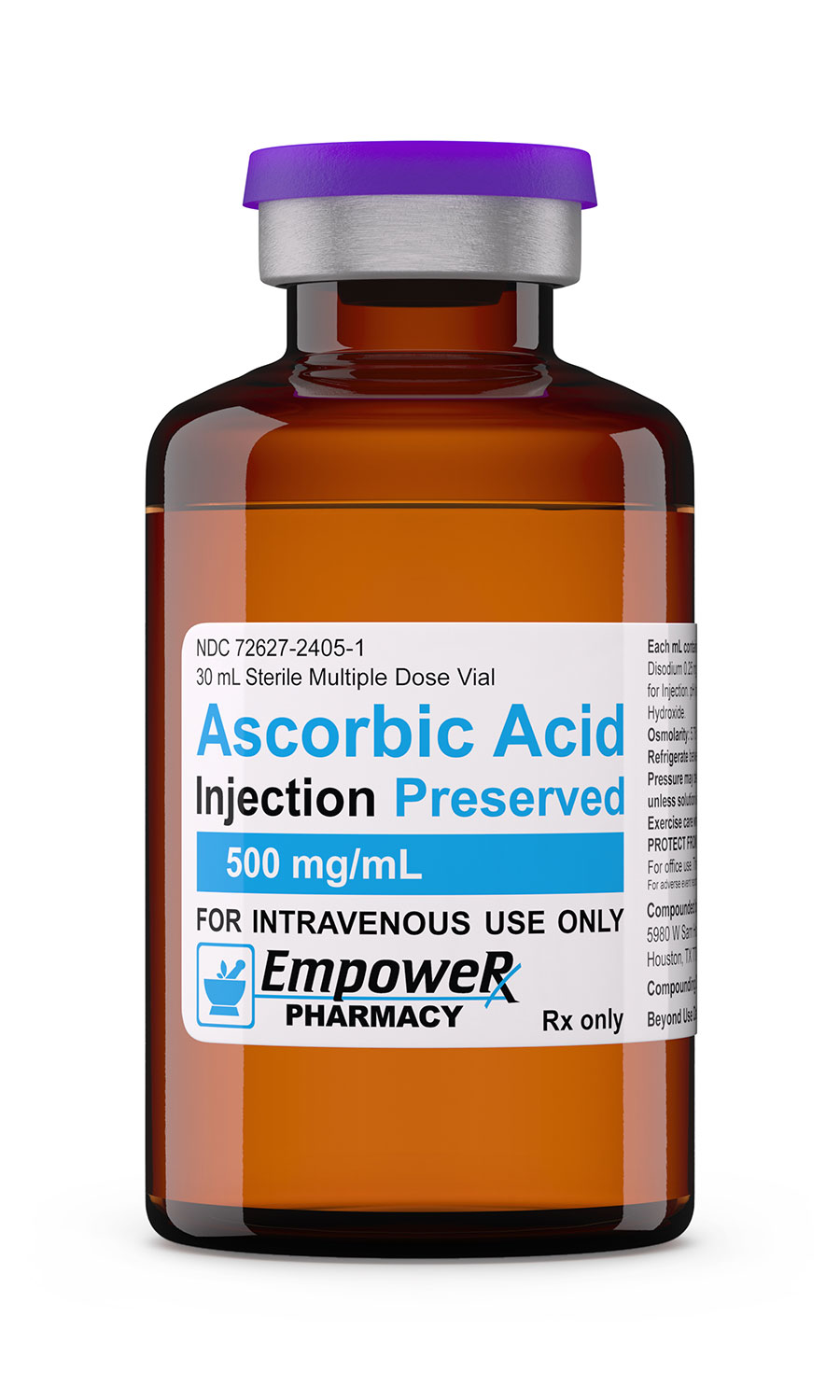
Ascorbic acid in fruit and other products is added to prevent darkening when exposed to air. It is an acid which means it would assist in gluten formation.

The manufacturing process that produces synthetically derived vitamin c leaves all the beneficial co factors behind.
Ascorbic acid as a preservative. Ascorbic acid in fruit and other products is added to prevent darkening when exposed to air. It is a potent antioxidant preservative and vital nutrient. The low ph of ascorbic acid can help prevent microbial growth thereby preventing spoilage and preserving freshness.
For these reasons ascorbic acid is a popular natural ingredient preservative. It can be used as a preservative in a vast array of food products including bread cured meats jams and jellies and other sauces and spreads. Ascorbic acid is often added to fruit juices cereals fruit flavored candies dried fruit cured meats and frozen fruits to fortify or add a citrus flavor.
Ascorbic acid also acts as a preservative to keep food such as bread cured meats jams and jellies from spoiling. Personal care products cosmetics. Ascorbic acid vitamin c ascorbic acid vitamin c does have a preservative effect in addition to conditioning dough.
I don t think the ascorbic acid oxidizes the dough it is an antioxidant. It is an acid which means it would assist in gluten formation. Think adding acid to eggs.
Furthermore in the case of potassium sorbate a preservative commonly used in beverages cigić plavec možinac and zupančič kralj 2001 found that in water this additive isomerizes under uv radiation after a 20 min exposure to a 50 w high pressure mercury lamp and that the resultant mixture of isomers had lower antimicrobial activity than the original trans trans isomer. Gsfa table 3 provisions ascorbic acid l is a food additive that is included in table 3 and as such may be used in the following foods under the conditions of good manufacturing practices gmp as outlined in the preamble of the codex gsfa although not listed below ascorbic acid l could also be used in heat treated butter milk of food category 01 1 1 and spices of food category 12 2 1. The safety of use of ascorbic acid as a food additive and as confirmed by the legal deci sion reported it wants to bring out the pro spects for use of ascorbic acid for technological purposes even by registered establishments.
Introduction the ascorbic acid c 6h 8o 6 better known as vitamin c is an organic compound belon. Ascorbic acid occurs naturally in foods such as citrus fruit tomatoes potatoes and leafy vegetables. Vitamin c is important for bones and connective tissues muscles and blood vessels.
Vitamin c also helps the body absorb iron which is needed for red blood cell production. Ascorbic acid is used to treat and prevent vitamin c deficiency. The manufacturing process that produces synthetically derived vitamin c leaves all the beneficial co factors behind.
Even more disturbing ascorbic acid is frequently marketed as natural vitamin c and added to organic foods as a natural preservative. Truly natural forms of vitamin c and synthetic ascorbic acid seem to be used interchangeably. Vitamin c also known as ascorbic acid and ascorbate is a vitamin found in various foods and sold as a dietary supplement.
It is used to prevent and treat scurvy. Vitamin c is an essential nutrient involved in the repair of tissue and the enzymatic production of certain neurotransmitters.